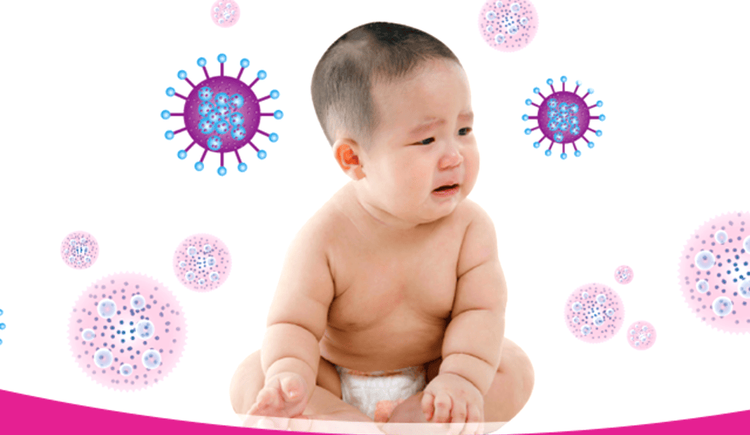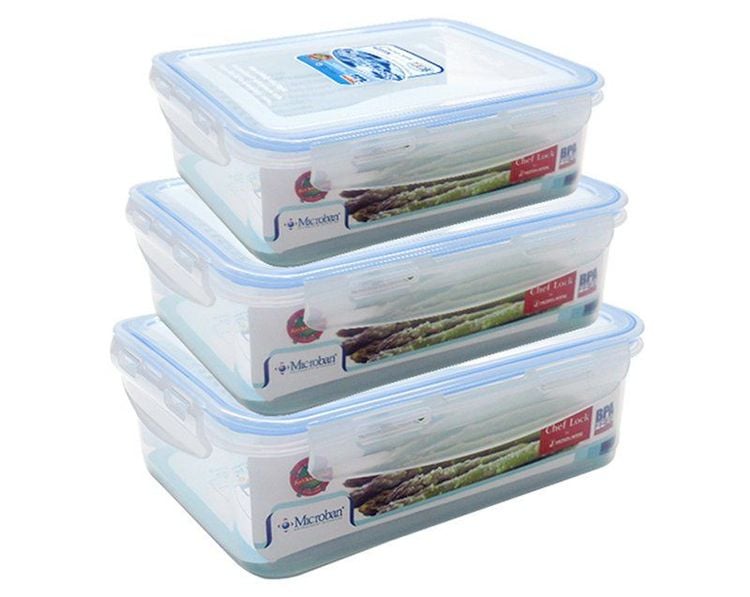This is an automatically translated article.
Bacterial cross-contamination is defined as the transfer of bacteria or other microorganisms from one place to another.
1. Types of cross-infection
There are three main types of contamination: From food to food, from equipment to food, and from people to food.
1.1 Food to food
When contaminated food comes into contact with uncontaminated food, cross-contamination of foods will result. This allows harmful bacteria to spread and take up residence. Raw, undercooked, or improperly washed foods can contain large amounts of bacteria, such as: Salmonella, Clostridium perfringens, Campylobacter, Staphylococcus aureus, E. coli and Listeria monocytogenes, all pathogens that can cause harm for your health. Foods with the highest risk of cross-contamination include: Green vegetables, bean sprouts, leftover rice, cold cuts, raw eggs, poultry, meat and seafood. In addition, leftovers stored in the refrigerator for too long can lead to bacterial overgrowth.
1.2 Food arrival equipment
Food handling equipment is also one of the common types of cross-contamination. Bacteria can persist for long periods on surfaces such as: Countertops, utensils, cutting boards, containers and processing equipment or Food production.
When equipment is not cleaned properly or is accidentally contaminated with bacteria, it can transfer large amounts of harmful bacteria into the food.

Thớt là nơi tích tụ nhiều vi khuẩn và dễ bị lây chéo
1.3 People come to food
Humans can easily transfer bacteria from their body or clothing to food during food contact.
2. Risk subjects and consequences of bacterial cross-infection
Everyone is at risk of getting sick from cross-contamination. However, certain groups are at much higher risk, including:
Pregnant women Children under 5 years of age Adults over 65 People with weakened immune systems, such as: People with HIV/AIDS, urine uncontrolled sugar or cancer.

Trẻ em có hệ miễn dịch yếu dễ bị nhiễm khuẩn chéo vi khuẩn
3. Consequences of cross-contamination
In mild cases may cause stomach upset, loss of appetite, headache, nausea and diarrhea. Usually, these symptoms appear within 24 hours, although they can appear weeks after exposure, making it difficult to pinpoint a specific cause.
In cases of vomiting or diarrhea, the patient needs to be properly rehydrated. Serious consequences include diarrhea that lasts more than 3 days, bloody stools, fever, dehydration, organ failure, and even death.
Get medical attention immediately if the above symptoms get worse or persist for more than 1 to 2 days.
4. How to avoid cross infection?
4.1 Buying and storing food
Avoid buying food close to its expiration date, unless you intend to eat it immediately. Store raw meat in an airtight container or plastic bag on the bottom shelf of the refrigerator to prevent water from the meat from getting into other foods. Use separate bags for raw meat and eggs. Use leftovers in the refrigerator within 2 to 3 days and cook to the right temperature.

Cần bảo quản thực phẩm tươi sống trong hộp thực phẩm trước khi để vào tủ lạnh
4.2 Food preparation
Wash your hands properly with soap and clean water for at least 20 seconds after touching raw meat, touching animals, using the restroom, coughing or sneezing, using a phone or the like other. Wash utensils, countertops, cutting boards, and other surfaces with detergent and warm water, especially when slicing raw meat. Use separate cutting boards for meat and vegetables. Use a clean dish towel/bun. Cook food to the appropriate temperature for each type of food to ensure it is cooked through. Any questions that need to be answered by a specialist doctor as well as if you want to be examined and treated at Vinmec International General Hospital, you can contact Vinmec Health System nationwide or register online. online HERE.
Reference source: healthline.com
MORE
How long should I wash my hands with soap? How many seconds should be used to disinfect hands with alcohol to ensure safety? Note when washing and disinfecting baby's hands










